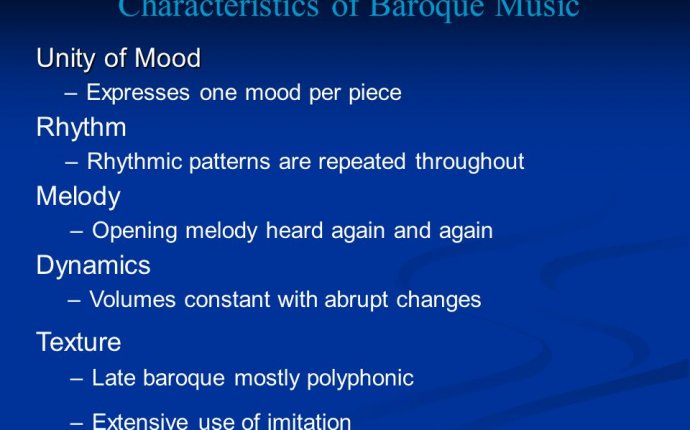
Baroque music frequently changes mood
Vocal and instrumental concert in the Baroque period, 1771, gouache. Germany. DEA PICTURE LIBRARY / Getty Images
Role of Composers During the Baroque Period
During the early Baroque period, composers were treated like servants by the aristocrats and were expected to cater to their musical whims, often at a moment’s notice. Music directors were paid handsomely but it came with a price—a huge responsibility that included not only composing music but also maintaining the instruments and music library, overseeing performances and disciplining musicians.
Court musicians earned more than church musicians, so many of them had to be creative in order to earn a living. Music was a staple in most functions but, at first, it was only meant for the upper class. Before long, though, even the general public was able to appreciate music forms (ex. opera) that developed during this period. Venice became the center of musical activity and soon a public opera house was built there. The St. Mark’s Basilica in Venice became an important venue for musical experiments. Music played an important role in Baroque society, it served as musical expression for brilliant composers, a source of entertainment for aristocrats, a way of life for musicians and a temporary escape from the routines of daily life for the general public.
Musical texture during the Baroque period was also polyphonic and/or homophonic. Composers used melodic patterns to evoke certain moods (affections).
The use of word painting continued. Rhythmic and melodic patterns are repeated throughout the composition. With the addition of instruments and the development of certain musical techniques (ex. basso continuo), music during the Baroque period became more intriguing. Composers during this period were more open to experimentation (ex.
contrast of sound—loud vs. soft) and improvisation. Major and minor scales and chords were used during this time. Baroque music has unity of mood throughout the composition. Rhythm is also more constant. Rhythmic and melodic patterns tend to be repeated, although beats are more pronounced and there are also pitch changes within a composition. Even the dynamics tends to stay the same for most of the piece, but sometimes there is also an alternation of dynamics.
Role of Composers During the Classical Period
The Classical period is known as the "age of enlightenment" as the power shifted from the aristocracy and church to the middle class. During this period, the appreciation of music was no longer limited to the rich and powerful. Those belonging to the middle class became patrons of music as well. Composers wrote music to meet the needs of a more diverse audience. As a result, music forms during this period were simpler and less intense. The people grew disinterested with themes of ancient myths and instead favored themes they could relate to. As the listening public grew in number, so did the demands for music lessons, instruments, and printed music. These demands were no longer limited to the aristocrats; even children of middle-class parents sought the same privileges for their children.
Vienna became the center of music during this time. Composers were busy creating music for private concerts and outdoor entertainment that were very much in demand. Composers catered not only to the needs of the listening public but for those in the middle class who wanted to become musicians as well. Thus, composers wrote pieces that were easy to play. In Vienna, pieces like divertimento and serenades were popular for outdoor concerts. The middle class also organized public concerts during this period because palace concerts were off limits to them.
The themes within a movement of a Classical composition have more contrast of mood and it can change either gradually or suddenly. The rhythm is more flexible and there are at times sudden pauses and changes in beats. Music is more melodic and often homophonic.
A change in dynamics is gradual. The piano became a popular instrument during this period and composers showcased the instruments’ capabilities. This period also signaled the end of the basso continuo. Instrumental compositions usually had 4 movements and each movement may consist of 1 to 4 themes.









